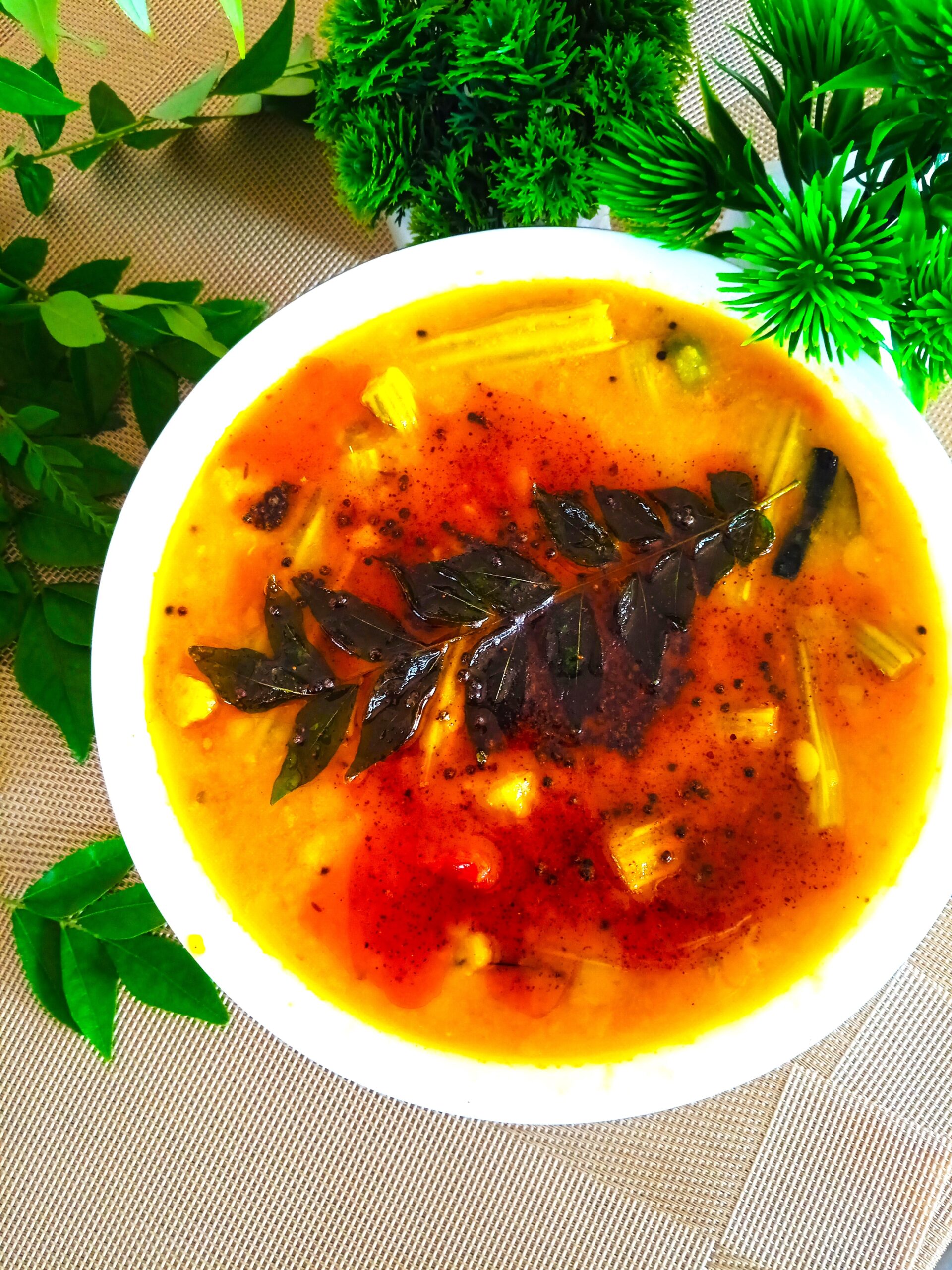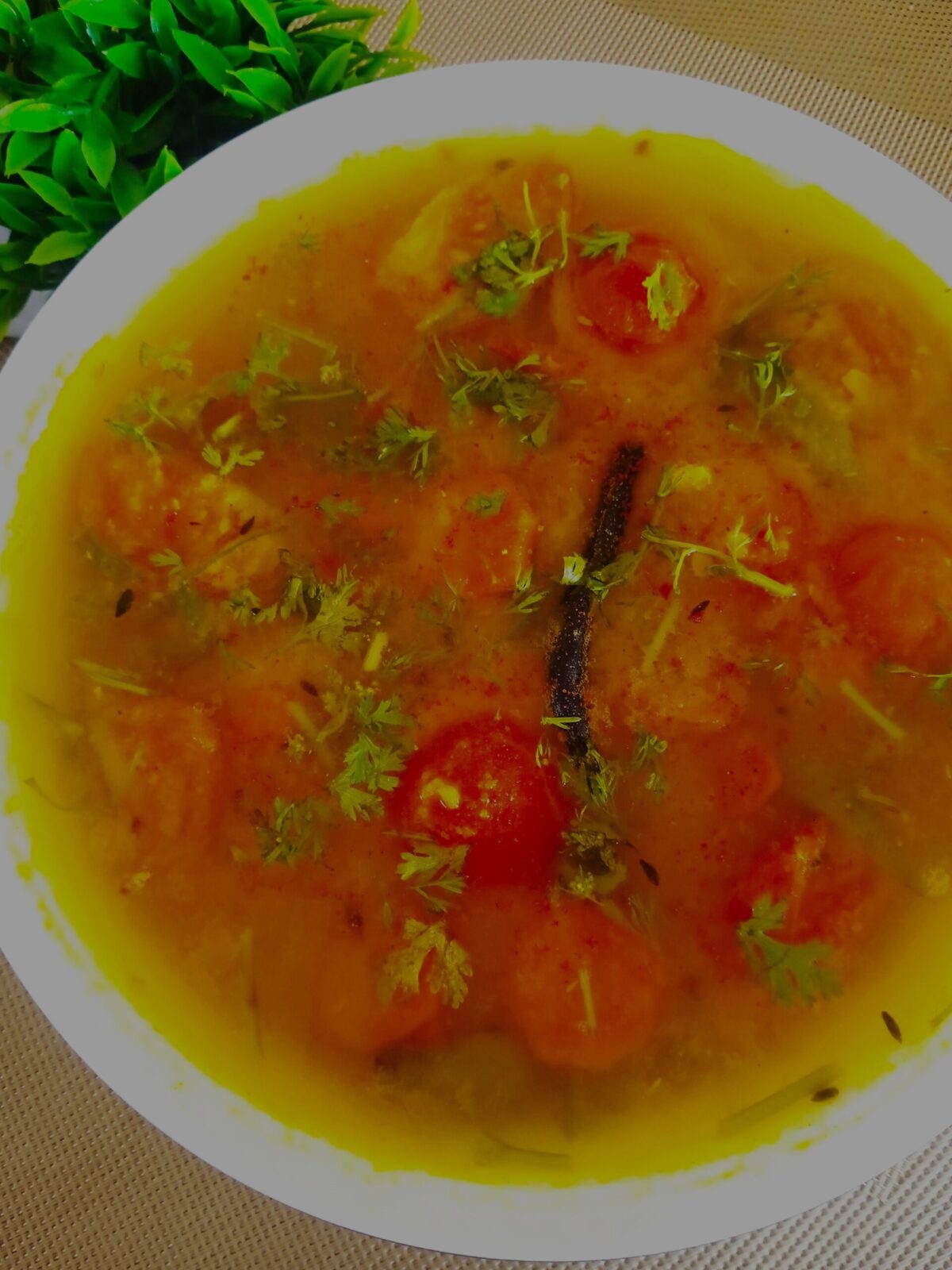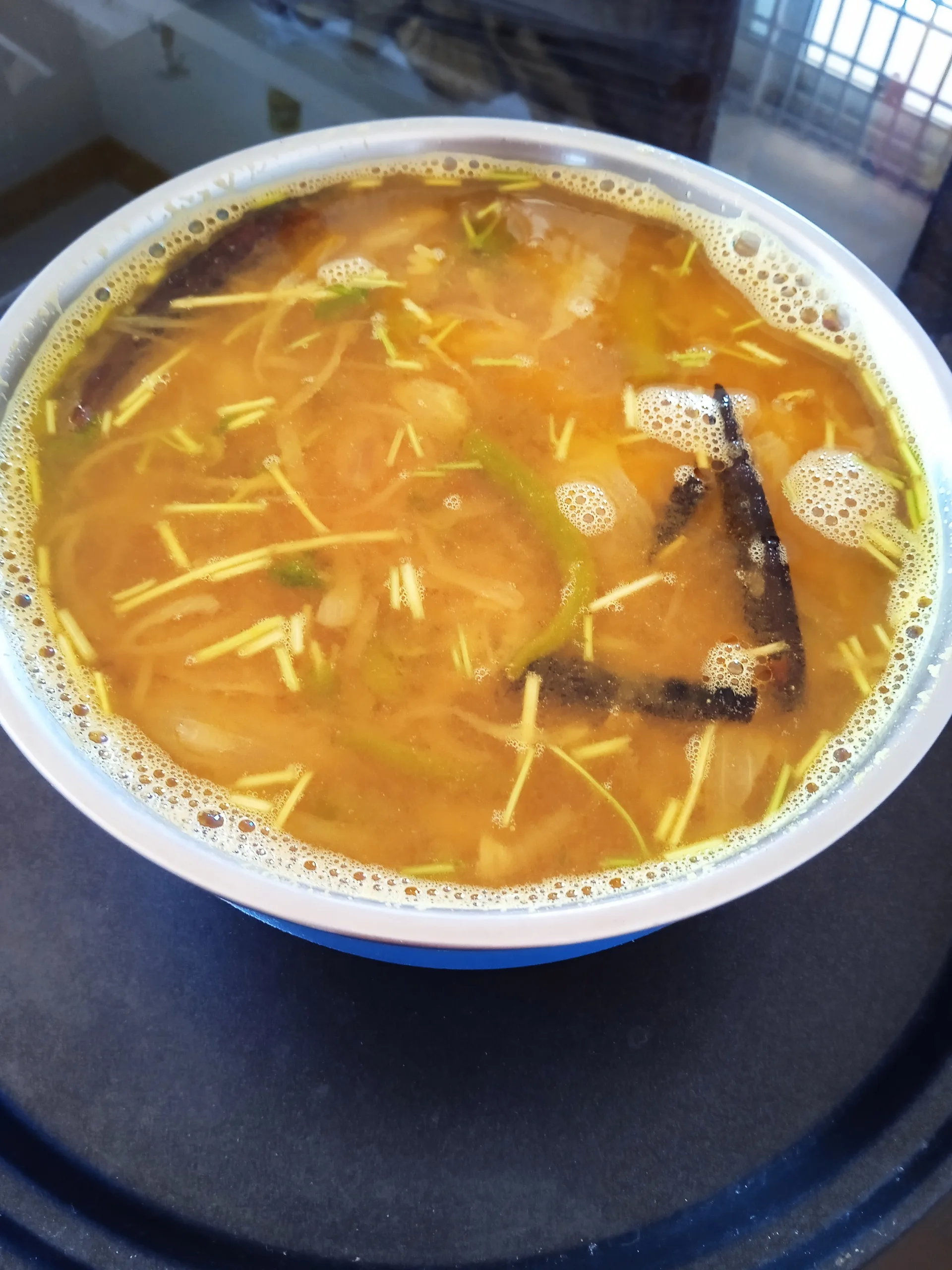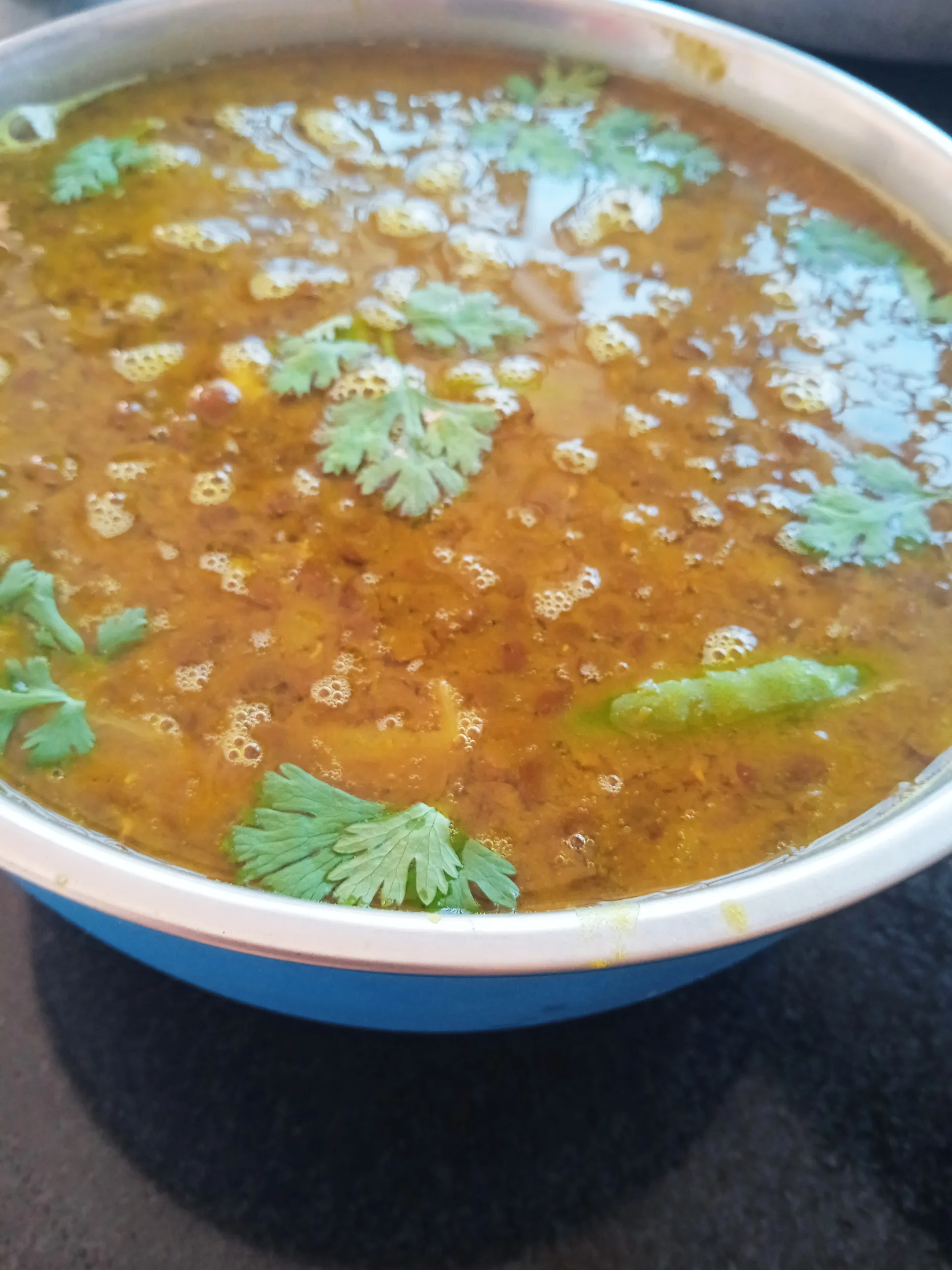Sabut Green Moong Dal Recipe is a staple in Indian cuisine, cherished for its versatility and nutritional value.
I’m excited to share another delicious Sabut Green Moong Dal recipe with you today.
About Sabut Moong Dal
This time, I’ve gone for a simple approach, focusing on minimal ingredients and maximum flavor.
No heavy spices, onions, or garlic – just pure, wholesome goodness that’s easy on the palate.
Despite its simplicity, this dal packs a punch in the flavor department.
And if you’re feeling adventurous, you can always add a dollop of ghee to elevate the taste even further.
But don’t worry, I’ve kept this recipe completely vegan-friendly, so everyone can enjoy its goodness.
To bring out the deliciousness, I’ve relied on a handful of basic spices like hing, cumin, ginger, red chilies, and turmeric.
It’s amazing how a few simple ingredients can come together to create such a satisfying dish.
And here’s a little tip: adding the ginger towards the end ensures that it retains its freshness and doesn’t overpower the other flavors.
The versatility of this hari sabut dal is truly remarkable.
Whether you pair it with bread, buns, parathas, rice, or roti, it never fails to impress.
It’s the perfect companion for both lunch and dinner, offering a comforting warmth and a burst of flavor with every bite.
What’s more, this saboot mung dal is a breeze to whip up, making it ideal for busy weekdays or lazy weekends.
And the best part? Its unique flavor profile will have you coming back for seconds (and maybe even thirds!).
So go ahead, and give this Sabut Green Moong Dal recipe a try.
I promise you won’t be disappointed.
Once you experience its delightful taste and simplicity, it’ll become a staple in your kitchen in no time.
Health Benefits of Sabut Green Moong Dal Recipe
Sabut Green Moong Dal Recipe is not only delicious but also packed with nutritional goodness.
It is a rich source of protein, fiber, vitamins, and minerals, making it an excellent addition to a balanced diet.
Some of the health benefits of consuming Sabut Green Moong Dal include improved digestion, weight management, and better heart health.
Ingredients Required for Sabut Green Moong Dal Recipe
To prepare Sabut Green Moong Dal, you will need the following ingredients:
- 250g Sabut Green Moong Dal
- 2 medium-sized tomatoes
- 4 to 5 green chilies
- 2 bay leaves
- 2 dry chilies
- 1/2 teaspoon cumin seeds
- 1/3 teaspoon hing (asafoetida)
- 1/2 teaspoon turmeric
- 1/2 teaspoon red chili powder
- 1/2 teaspoon cumin powder
- 1/4 teaspoon grated ginger
- Salt to taste
- Coriander leaves for garnishing
- Mustard oil
Step-by-Step Instructions to Prepare Sabut Green Moong Dal Recipe
Step 1: Soaking the Sabut Green Moong Dal
Before cooking, soak the Sabut Green Moong Dal in water for 5 to 8 hours.
Soaking helps soften the dal and aids in digestion.
Optionally, you can remove the outer skin of the dal after soaking, although it contains fiber and protein beneficial for digestion.


Step 2: Preparing Ingredients
Chop the tomatoes, green chilies, and coriander leaves.
Grate the ginger.

Step 3: Cooking the Sabut Green Moong Dal Recipe
In a pressure cooker, cook the soaked Sabut Green Moong Dal with 2 to 3 cups of water until tender.
It will take 4 whistles.


In a separate deep pan, heat mustard oil.

Add 2 bay leaves and 2 dry chilies and stir for a few seconds.

Add 1/2 teaspoon cumin seeds, 1/3 teaspoon hing, 1/2 teaspoon turmeric, and red chili powder.
Stir for a second and add chopped green chilies and tomatoes.
Cook for about a minute on medium-low flame.





Add 1/2 teaspoon cumin powder, 1/4 teaspoon grated ginger, and salt.
Mix well.




Add the cooked Sabut Green Moong Dal along with a little hot water to achieve the desired consistency.
Stir and cook for about 3 minutes.


Garnish with chopped coriander leaves and cook for an additional 3 to 4 minutes until the flavors meld together.


Tips for Perfecting Sabut Green Moong Dal Recipe
Here are some pro tips for making Sabut Green Moong Dal Recipe:
- Soak the dal for at least 5-8 hours or overnight to ensure quicker cooking and better digestion.
- Remove the outer skin of the dal after soaking for a smoother texture, or leave it on for added fiber.
- Use mustard oil for authentic flavor, but feel free to substitute with other cooking oils if desired.
- Adjust the quantity of spices and green chilies according to your taste preference for a personalized touch.
- Experiment with adding vegetables like spinach or carrots to enhance both nutrition and flavor.
- Garnish with fresh coriander leaves just before serving for a burst of freshness and color.
Serving Suggestions
Sabut Green Moong Dal Recipe pairs well with rice, paratha, roti, or bread.
Its simple yet delicious taste makes it a perfect accompaniment for any meal.

In short, Sabut Green Moong Dal Recipe is not just a dish; it’s a wholesome culinary experience.
With its nutritional benefits and delightful taste, it has earned its place in Indian households as a favorite comfort food.
By following the easy steps outlined in this article, you can recreate this traditional Sabut Green Moong Dal Recipe in your kitchen and savor its goodness with your loved ones.
FAQs (Frequently Asked Questions)
Can I use split green moong dal instead of whole green moong dal?
While split green moong dal can be used, the texture and flavor may vary slightly from the whole green moong dal.
It’s best to stick to the recipe for authentic results.
How long can the Sabut Green Moong Dal Recipe be stored?
Sabut Green Moong Dal can be stored in an airtight container in the refrigerator for up to 1 day.
Ensure it is properly cooled before storing.
Can I use other cooking oils instead of mustard oil?
Yes, you can substitute mustard oil with other cooking oils like vegetable oil or ghee according to your preference.
Is Sabut Green Moong Dal Recipe suitable for vegetarians and vegans?
Yes, Sabut Green Moong Dal is a vegetarian and vegan-friendly dish, making it an excellent choice for those following a plant-based diet.
Can I skip soaking the Sabut Green Moong Dal?
Soaking the dal helps in reducing cooking time and aids in digestion.
It’s recommended not to skip this step for best results.











